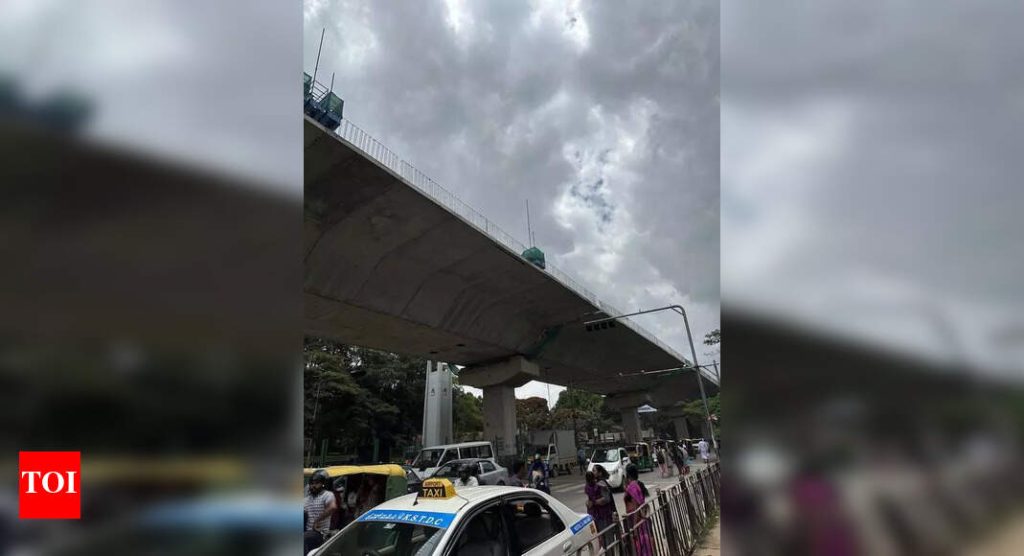Now Reading: AI and Robots: Paving the Way for Human Settlement on Mars
-
01
AI and Robots: Paving the Way for Human Settlement on Mars
AI and Robots: Paving the Way for Human Settlement on Mars

Quick Summary:
- Artificial astronauts, humanoid robots equipped with advanced AI and AGI, are being envisioned for Mars missions and broader space exploration.
- These robots could perform tasks without requiring consumables or life-support systems and handle spacewalks more efficiently than humans.
- Pascal Lee from the SETI Institute and NASA Haughton-mars project highlighted the progress in robotics during a Space Robotics Workshop, emphasizing their potential impact on future planetary exploration strategies.
- Lee predicts eventual growth of “artificial super astronauts” with artificial super intelligence (ASI) for interstellar exploration.
- He suggests these entities may safeguard human DNA while exploring hospitable exoplanets rather than involving generational starships carrying humans.
- SpaceX CEO Elon Musk plans to launch uncrewed Starship rockets with Tesla Optimus humanoid robots to Mars as early as 2026.If accomplished, human landings may follow around 2029-2031.
Indian Opinion Analysis:
The technological advancements discussed hint at a transformative future for space exploration where artificial astronauts play pivotal roles.For India, which has emerging strengths in both AI development and its robust space program spearheaded by ISRO, this paradigm shift offers significant opportunities. Collaborations on AI-driven robotics could accelerate India’s strategic goals for interplanetary missions. Moreover, introducing artificial astronauts could reduce mission costs while enhancing safety-key factors that Indian policymakers must weigh when planning future endeavors like Gaganyaan or lunar explorations aimed at international partnerships. The inclusion of non-human explorers opens doors to scaling operations globally without risking human lives-a compelling idea that aligns well with long-term global resilience strategies.


























